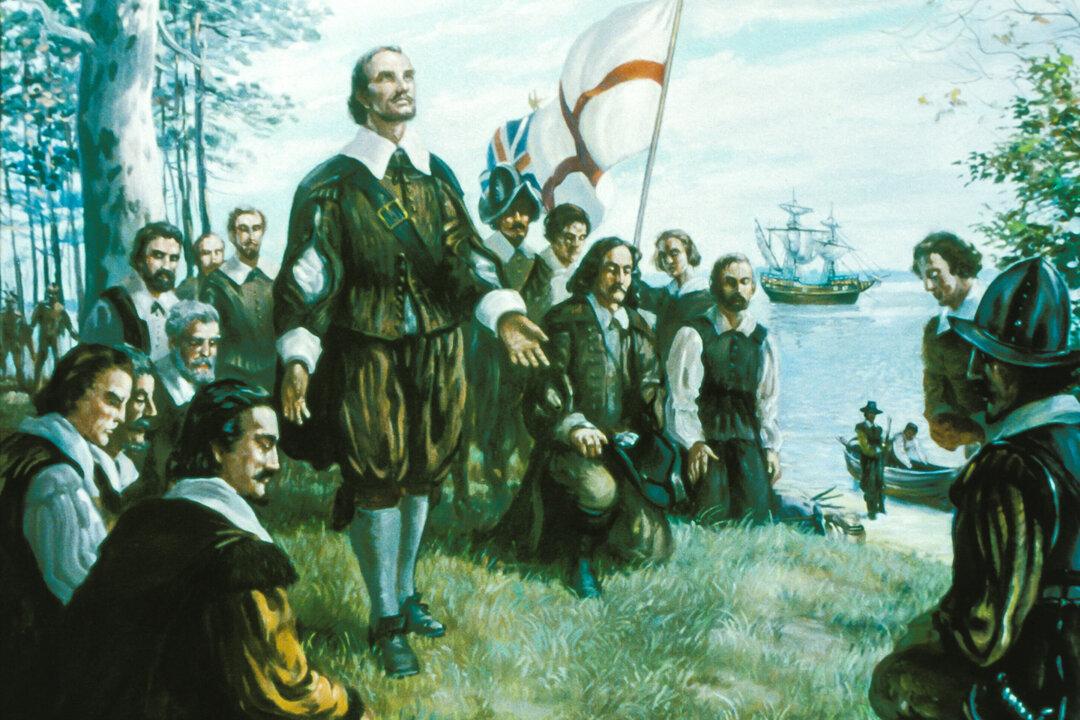Outgunned and outnumbered, the Americans of the 82nd Division were being slaughtered. It was Oct. 8, 1918 and German Lt. Paul Vollmer was defending his position in the Argonne Forest of France. They held a slight advantage and the attacking Americans were walking into a death trap. Alvin York and just a handful of men from his platoon survived the German defense, taking cover as best they could. The Germans still picked them off from trenches and machine gun nests. Surely, it was just a matter of time until they would all be dead or captured.
In the thick of battle, Alvin York remembered the art of hunting wild game with a long rifle: “I (shot) the sixth man first; then the fifth; then the fourth; then the third; and so on. That’s the way we shoot wild turkeys at home. You see we don’t want the front ones to know that we’re getting the back ones, and then they keep on coming until we get them all.” Shooting a long rifle, you don’t have the luxury of getting off another shot right away. You have to reload. He hated to keep shooting men dead, so he tried to get the Germans to surrender.





